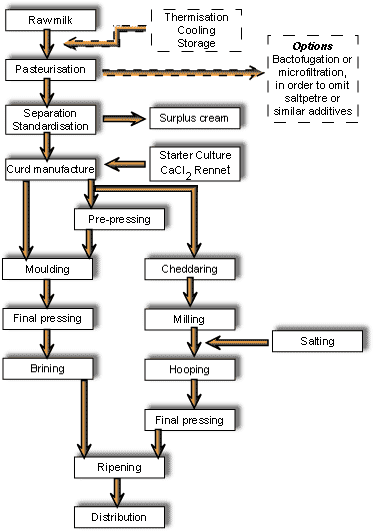 |
| http://www.thewinedoctor.com/weekend/feslesfbonnezeaux1998.shtml |
Thanksgiving presents a truly American festive meal, laden with starch, spice, sugar, and the inevitable turkey roast—the ultimate tryptophan rush. Splashes of burnt orange, crimson red, pecan brown, and pine green decorate the table and mirror the fall foliage outdoors. This time of year sets the mood for cozy afternoons indoors where warm, winter light floods bay windows, and a glimpse outside reveals a picturesque setting of falling, painted leaves. The brisk chill in the air only prepares the heart further for comfort food served up hot and the ever-charming glass of wine.
Thanksgiving will always be my favorite family holiday, and not just because of the food and the fact that no presents are needed; but, mainly because Thanksgiving is a true wine meal. The wine choices, though, are limitless and daunting at some levels, especially for folks who are just looking to adorn the table with some good tasting juice and leave the vino contemplation for the snobs. So rather than name off all the usual culprits that you see listed in every food magazine and wine editorial, I’m going to say the opposite: stay away from Sauvignon Blanc, don’t bother with Cabernet Suavignon, skip the Italians, forget the Pinots, Malbecs and Zinfandels save for another day. Keep it simple this year, and explore the broad, stylistic wine selection from one small region, the Loire Valley. I promise you, it offers all the stuffing you need and more…
This majestic region sits farther up the Loire Valley just south of Paris and can be compared to other renowned places of beauty such as Venice, the Pyramids of Giza, and the Grand Canyon! Otherwise known as the Garden of France, this region between the cities of Angers and Tours stretches along a slow-churning river flanked by 300 chateaux, vineyards, and gardens, and was named a UNESCO world heritage site. This beautiful region is home to the Chenin Blanc and Cabernet Franc grapes.
The Chenin Blanc grape is what we shall focus on for the Thanksgiving meal. Yes, I say, even if it is just a white wine. Chenin is especially versatile and comes in many different forms from dry to sweet, sparkling, rosé, and decades-old (possibly longer-lived than Riesling). In other words, red-wine drinking fans, this will be the perfect wine to indulge in during the meal, and after turn to your reds as you sit back in Turkey Lovers Lane swooning in a food coma. This chameleon of a grape pairs so perfectly at the Thanksgiving feast, and sadly, it is so unfamiliar to Americans. It is the Old World’s answer to California Chardonnay, but on a much eloquent, refined scale. No big oak-bombs represent this category. Rather, the wine itself is highly extracted (like Chardonnay) and highly acidic (unlike Chardonnay), making it a great food pair. Plus, it is susceptible to the famous “noble rot” that glorifies the vineyards of Sauternes (the honey-like, age-worthy dessert wine from Bordeaux). You can spend as little or as much as you like on it, and Loire Chenin Blanc can even be found at your local grocer. While you are out label-hunting for Thanksgiving, have a quick chat with the wine retailer you frequent, ask for Vouvray, Savennieres, Coteaux du Layon, Quarts de Chaume, or Bonnezeaux (listed in relative order of increasing price). None of these are easy to pronounce, so Google it! Or rely on your handy Iphone or Droid apps to peruse the wine cellar jargon. Either way, it’s simple to go to the French section and spot one of these names, even if you just point and don’t utter.
You will not regret the aromatic qualities of a good Chenin Blanc: ripe Georgia peach topped with whipped cream, quince paste and succulent apricot, Fuji apple and Bosc pear. Top this with a touch of marzipan cake framed by toasted nuts, and you have a mouth-watering Chenin Blanc just full-bodied enough to match with your roasted fall vegetables, seasoned turkey, and sweet potato casserole.
Just so you won’t get lost in the French aisle, I will list a few of my favorites you can spot around town:
Bernard Fouquet Domaine des Aubuisiers Cuvée de Silex Vouvray, Loire France $18 (at Weygandt Wines in Cleveland Park)
Domaine de Baumard Savennières, Loire France $18 (Whole Foods and Red, White & Bleu)
Domaine Jo Pithon Coteaux du Layon, Loire France $22 (MacArthurs)
Domaine Jo Pithon Quarts de Chaume, Loire France $100 (MacArthurs)
Chateau de Fesles Bonnezeaux, Loire France $70 (Schneiders)






























